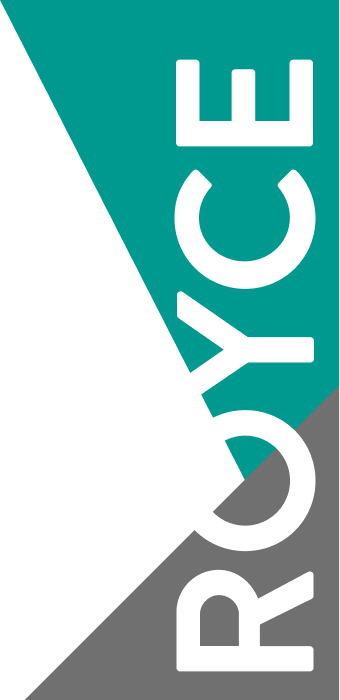The University of Cambridge’s Maxwell Centre is delighted to invite you to attend Dr Roger D. Aines’s talk at the Maxwell Centre, followed by a “in conversation” session chaired by Dr Aga Iwasiewicz-Wabnig.
The United States has a 2050 net-zero goal which will require approximately one billion tons of true removals from the atmosphere in order to compensate for residual emissions that cannot be eliminated by that time. This team of 70 researchers from LLNL and a dozen other institutions has completed the first study of how the U.S. might obtain those removals. In a county-by-county analysis, we evaluated four technologies that have sufficient cost and effectiveness data to make reasonable estimates of 2050 supply and costs:
- Soil carbon improvements in cultivated lands,
- Forestry in three major forested regions of the U.S.,
- Biomass carbon removal and storage, and
- Direct air capture.
In addition, the project simultaneously considered key requirements for projects that permanently remove CO2 from the air:
- Geologic storage,
- Transportation of CO2 or biomass,
- Availability of additional renewable energy to power projects,
- Cross-cutting resource requirements and environmental impacts, and
- Energy equity and environmental justice impacts.
It is estimated costs for 2050 implementation based on current costs and assumed learning, then organised the costs into supply curves under various constraints. A representative scenario would cost about $130B: the majority of the removals would come from soil, forests, and biomass carbon removal and storage. Our results are presented by technology and by region with the intent of enabling local decision makers to evaluate projects, impacts, and appropriate compensation. The report and additional details can be found at www.roads2removal.org.
April 11 2024



